Heating system maintenance is very important for keeping your system in tip-top shape. Annual maintenance is a great thing to do and it is not something you should forget about. But you’re likely wondering what a Furnace tune-up is. In this blog post, we’ll be discussing what it is and what to expect from it.
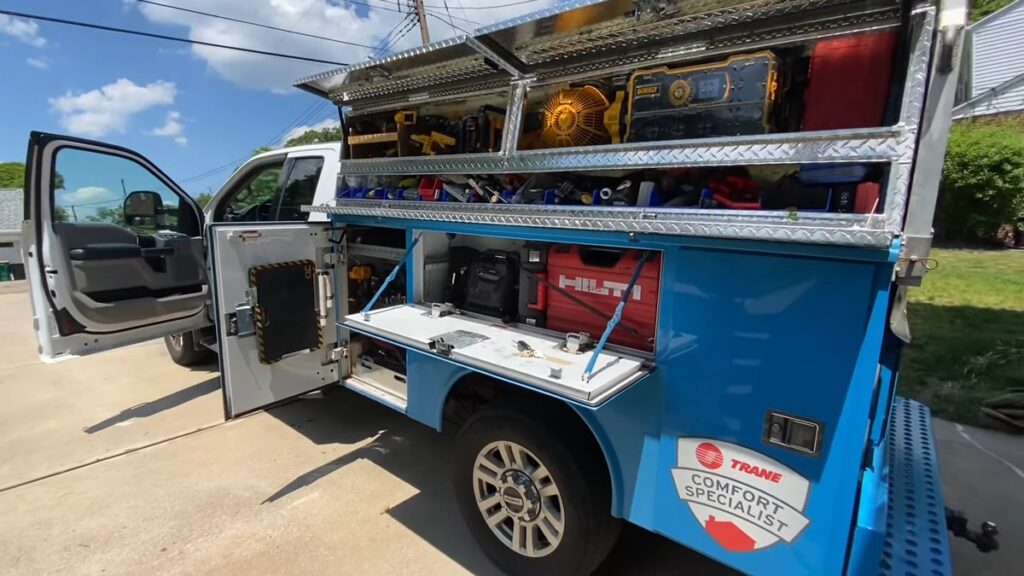
Types of HVAC Systems
Furnace Systems
There are several types of HVAC systems and each one determines how it receives a tune-up. Furnaces are the most common form of heating systems and often the most serviced. How a furnace works is pretty simple, it blows hot air through a duct in the house that will often transfer heat throughout the home.
Forced Hot Air
Another form of heating system uses “Forced Hot Air”. These systems will often work together with a compressor and cooling coils. They will provide heat during the cold winter months, but also provide cold air in the hot summer months.
Boilers
Many homes nowadays will often use boilers to transport hot water throughout your home which will come out through baseboards in your home. The hot water will then come out through the baseboard radiators in your home. While the tune-up process is similar for both boilers and furnaces, boilers do not have air filters like a furnace does.
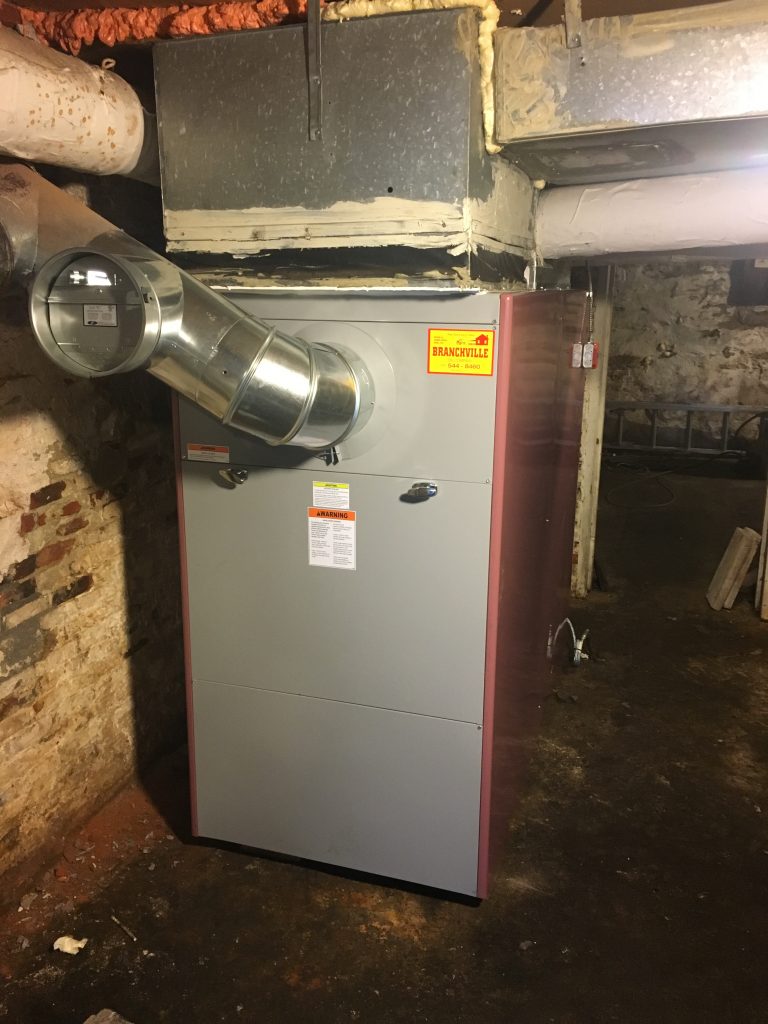
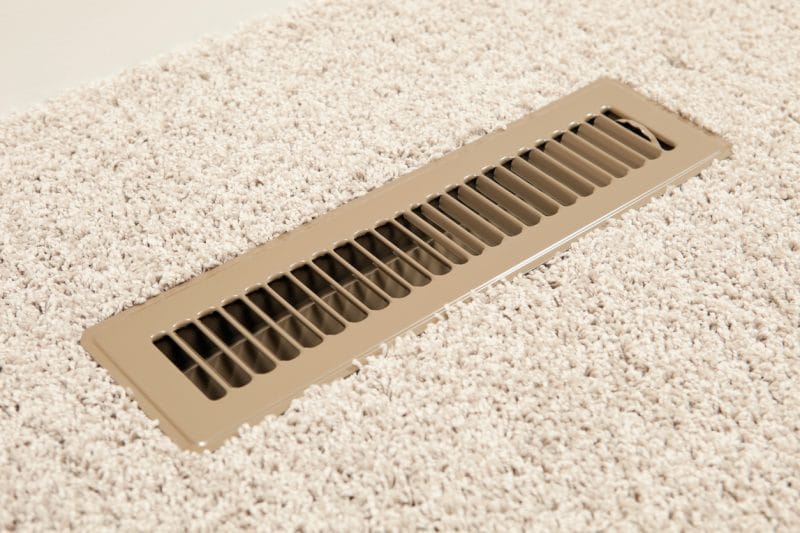
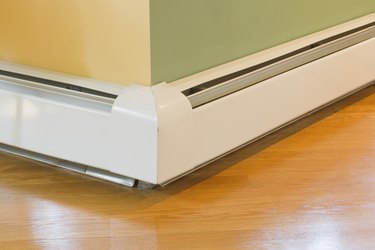
The Steps of a Tune-Up
The process of a heating system tune-up is similar to servicing your car. Like checking the fluid levels and filters on your car, an HVAC technician will do this for your furnace. The technician will often inspect, clean, and replace the following items if needed.
Checking Your Oil Supply Line: Your HVAC technician will check for incoming oil from your heating oil tank. They will usually disconnect the line to ensure that the burner is getting good oil flow from the tank. Sometimes there is some resistance in the line. This is usually due to a build-up of sludge. Usually, if this is the case, the line will need cleaning by pressurizing it from one end to the other. Alternatively, you can drain the other end of the line by hard-pumping the oil out of it.
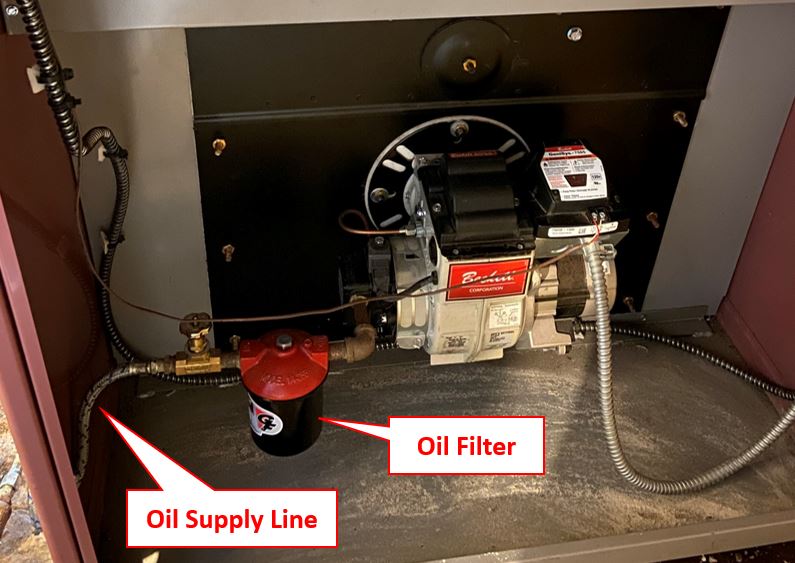
Changing the Oil Filter/Cleaning or Replacing the Strainer: The oil filter in your tank can get quite disgusting over time. In this instance, the technician will take out and replace the filter. He will also inspect, clean, and replace the system’s strainer if it needs it. The strainer will usually act as a second filter inside the system. It will catch anything that makes it past the oil filter.
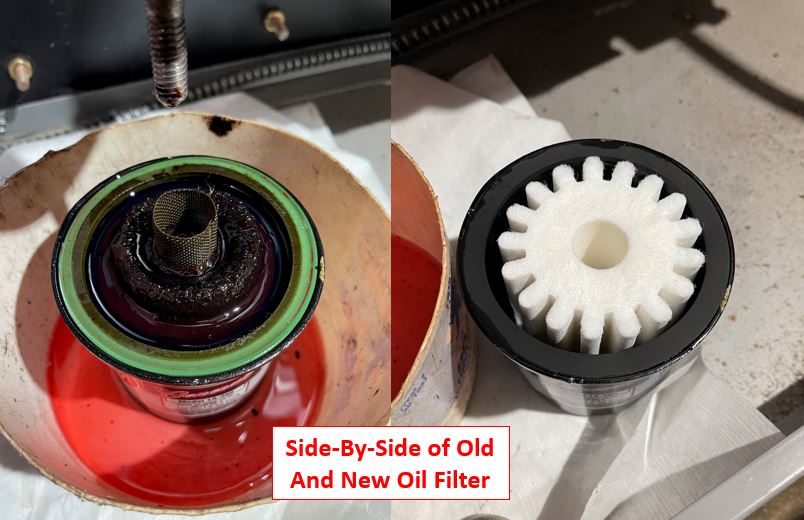
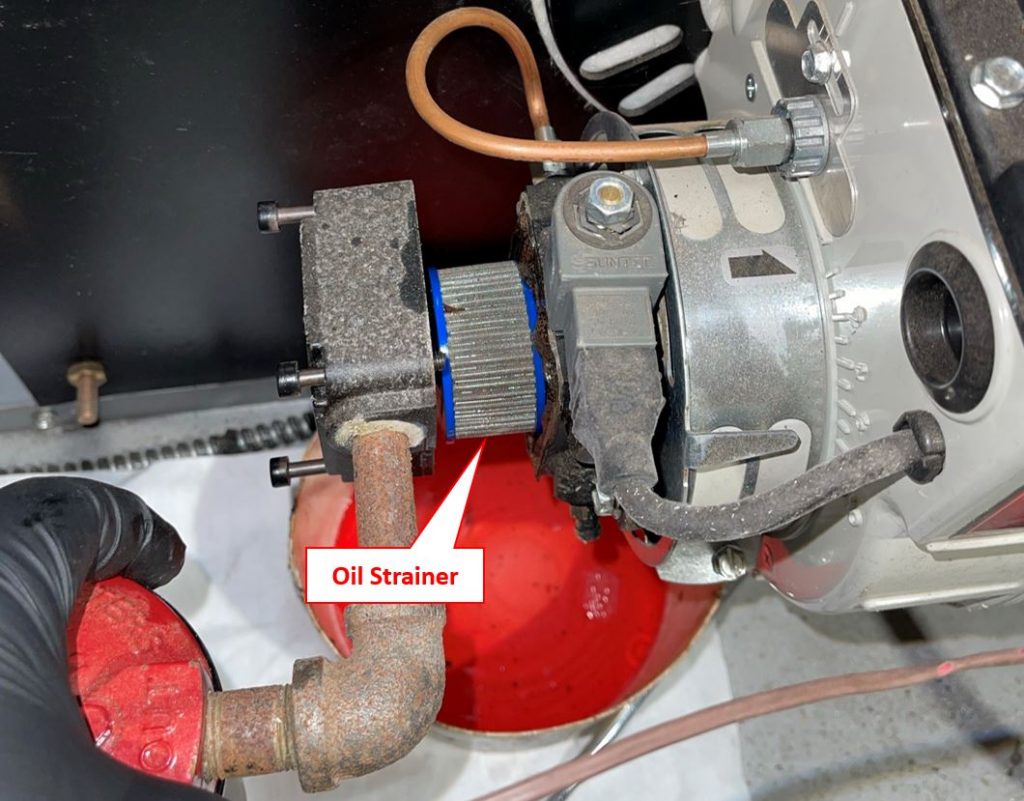
Inspect, Replace, or Adjust the Components of the Burner: Before the combustion process, heating oil must go through a nozzle to become automatized. However, the nozzle can clog and wear out over time. But, the technician can replace it during the tune-up. After he replaces the nozzle, the HVAC technician will use a special template to match up the tips of the nozzle with the tips of the electrodes, as shown in the below photograph. The electrodes will then ignite the automatized fuel. If these electrodes show any wear and tear, the technician will promptly replace them. Finally, the technician will do a visual inspection of the system’s combustion chamber to ensure everything is working smoothly.
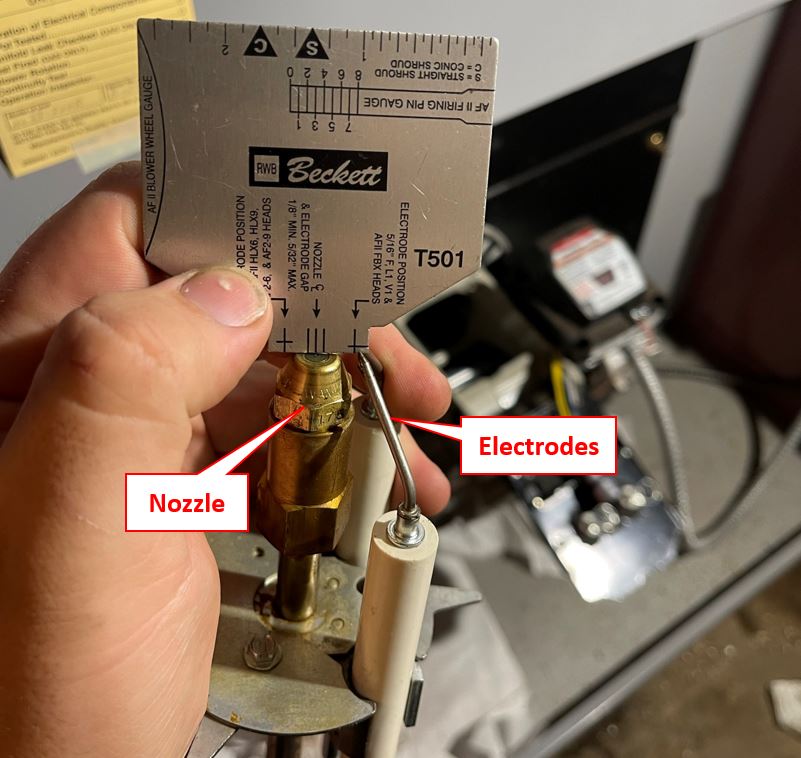
Check and Clean the Heat Exchanger. The cool air in your house will pass through the heat exchanger before going through a conversion process. That process turns it into hot air. Over time older furnaces will tend to fail, and this is often because of cracks in the heat exchanger. These cracks allow the burner’s exhaust to mix in with the clean air that is making its way into your home. Before they become a problem, the HVAC technician will be sure to take a careful look to find these issues and fix them.
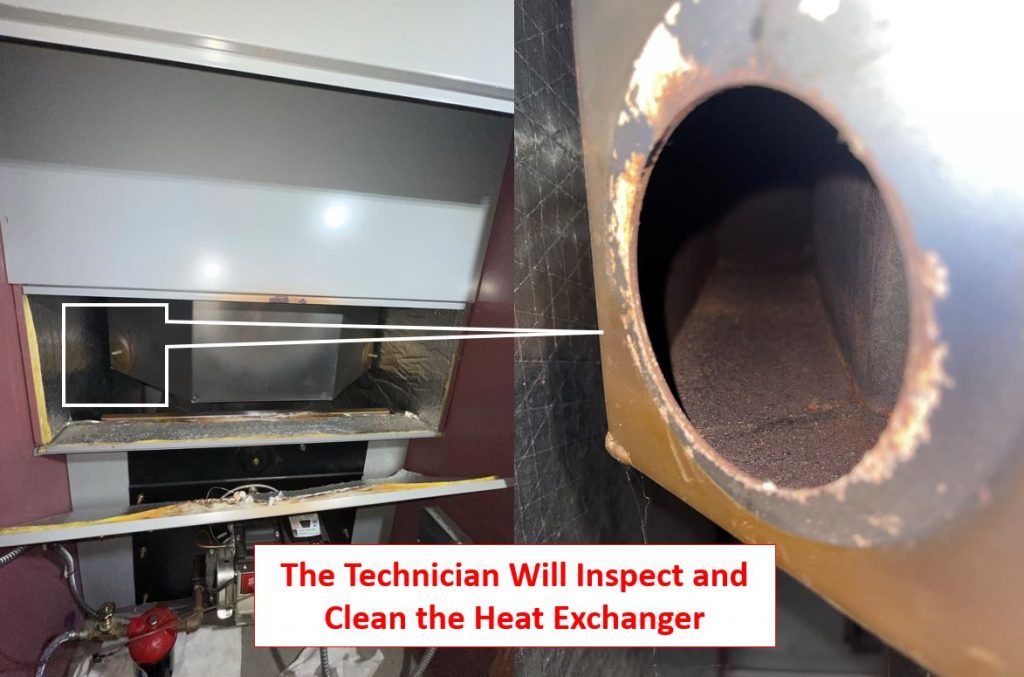
Perform a Combustion Analysis: There’s a special tool that the technician will use to measure the efficiency of your system. He’ll use it to perform a pump test that’ll help check the color of smoke to ensure that it’s adequate. Finally, the analyzer will check both the temperature and CO2 content. It will then use that information to effectively calculate the system’s efficiency.
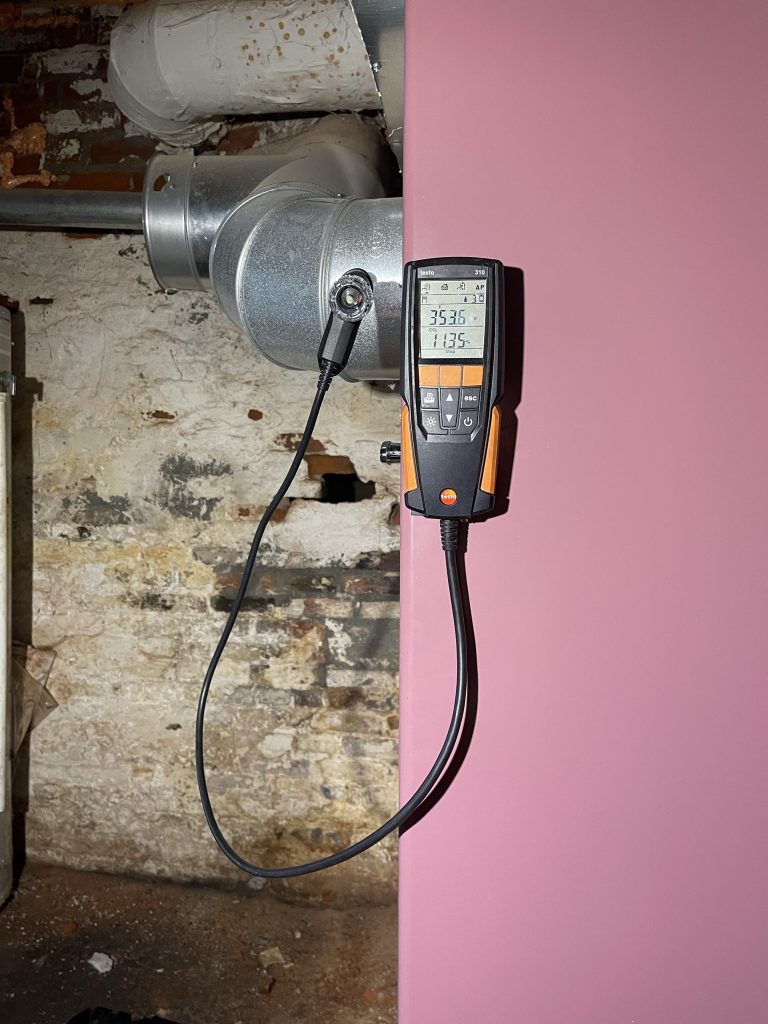
Change The Air Filters: The easiest part of your heating system tune-up is changing out your air filters. You can do this once per year yourself. However, it’s not a problem if you wait for your HVAC technician to replace them during your annual tune-up. Replacing the filters doesn’t require you to use any tools and they are very easy to replace! We go over how to replace them in this post here.
The Peace of Mind of a Furnace Tune-Up
As we continue to make our way through the cold months of the year, it’s good to be confident in your heating system to keep you nice and warm through this time of the year.
Having annual preventative maintenance on your HVAC system will ensure that your system is still running as efficiently as possible. Like changing the oil on your car, changing your system’s oil filter and worn-out items on your furnace should be done regularly. Just be sure to hire a qualified, licensed, experienced, and insured technician to do this for you.
Happy Heating,
Hunter



